- Home
- Cleaning And Janitorial
- Waste Recycling Trash Supplies
- Trash Recycling Containers Accessories
- Recycling Bins Containers
.....Read More
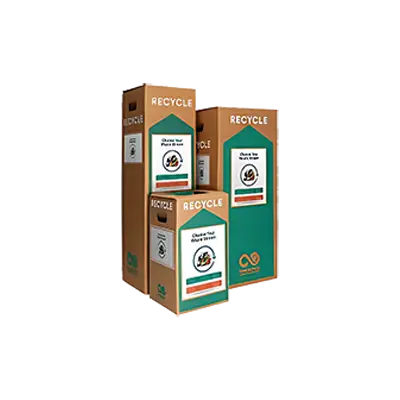
All-in-One Prepaid Recycling
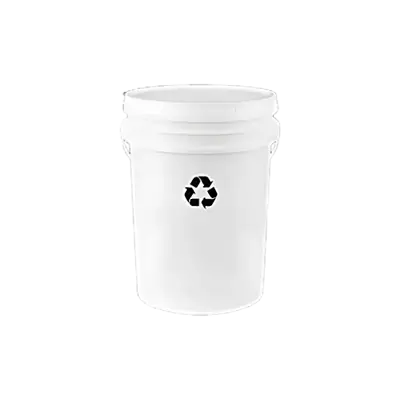
Ballast Recycling
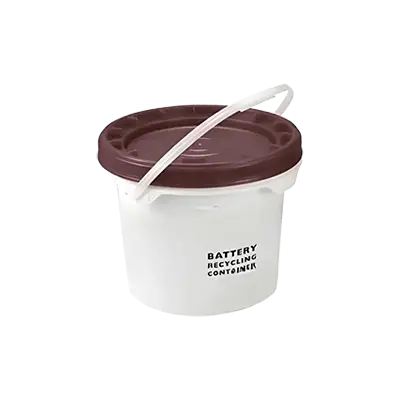
Battery Recycling
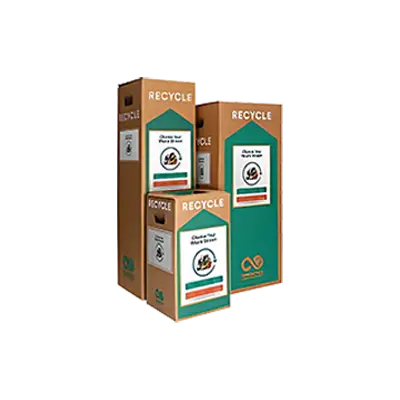
Breakroom Waste Prepaid Recycling
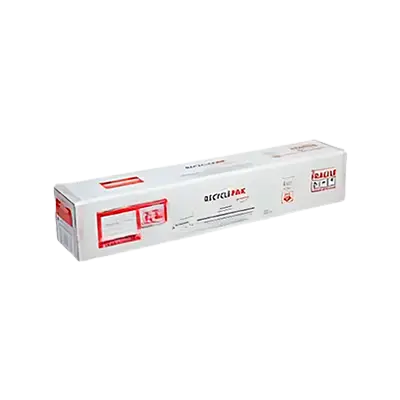
Combination Light Bulb & Ballast Recycling

Decorative Outdoor Recycling Bins
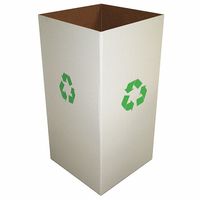
Fiberboard & Cardboard Recycling Bins

Home & Office Electronics Prepaid Recycling

Laboratory Plastic Container Prepaid Recycling
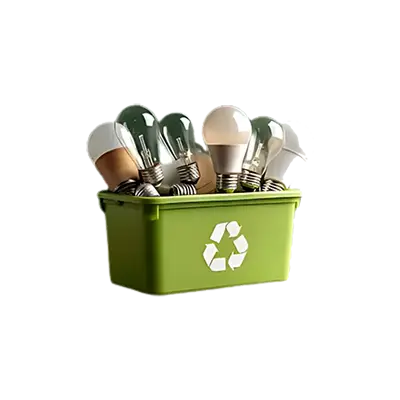
Light Bulb Recycling
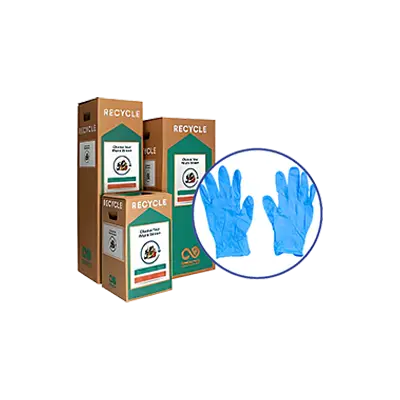
Medical Electronics Prepaid Recycling

Mercury Device Prepaid Recycling
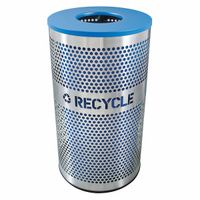
Metal Recycling Cans
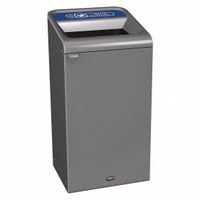
Multi-Stream Recycling System Components

Non-DEA Pharmaceutical Waste Prepaid Recycling

Personal Protective Equipment Prepaid Recycling
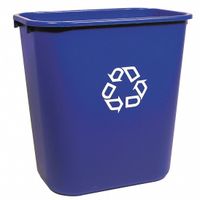
Plastic Recycling Bins & Cans
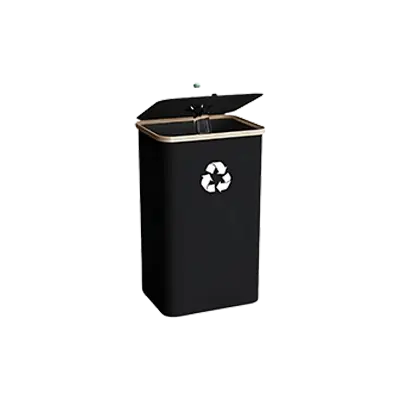
Prepaid Recycling Container Organizers
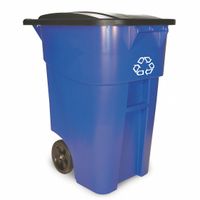
Rollout Recycling Cans
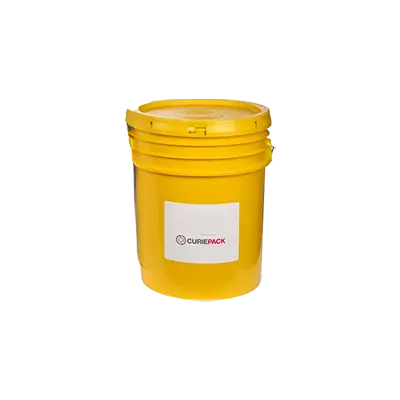
Smoke Detector Prepaid Recycling
Frequently Asked Questions
What materials can be placed in recycling bins?
How do I know which recycling bin to use?
What do the different colors of recycling bins mean?
Can I recycle plastic bags in my recycling bin?
How should I clean recyclables before placing them in the bin?
What happens to recyclables after they are collected?
How can I find out if my area offers recycling services?